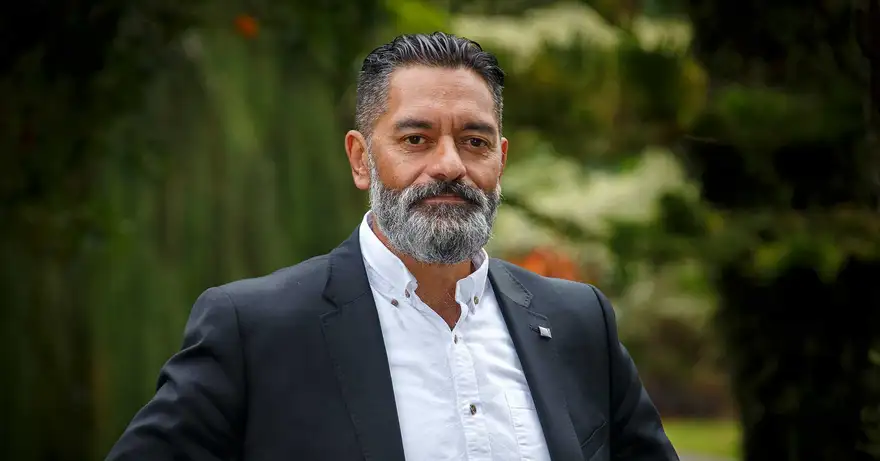Welcome to Manawatū
He Mihi – A Welcome To Delegates

From Professor Meihana Durie, Rangitāne
Deputy Vice Chancellor Māori, Massey University
Tini whetū ki te rangi
Ko ngā uri o Rangitāne ki te whenua
Tēnei te reo pōwhiri, tēnei te reo karanga
Nau mai, haere mai koutou.
On behalf of the iwi (tribe) of Rangitāne it is my priviledge to welcome you to the 17th International Hydrocolloids Conference, and more particularly, into our rohe or territory to the sacred Rangitāne lands and waterways upon which our university, Te Kunenga ki Pūrehuroa Massey University stands. Our people have lived on and with these lands (whenua), and waters (wai) for many hundreds of years and we have a rich history of living in close accord with our environment in ways that not only sustain the mauri or lifeforce of our people, but also the mauri of our whenua and wai. During the Conference I also encourage you to take the time to walk to many of these important places to experience what our ancestors (tūpuna) saw in their times
Towards the banks of the Manawatū river, is Te Uru Karaka, the remnants of what was once the largest orchard of its kind of Karaka trees, used by our tūpuna or ancestors, as a primary source of vitamin rich kai, or food. Further South, is our ancient food gathering and harvesting site, Te Kairanga, which was defensively secure and used for a centuries as a food distribution hub for local villages. Closer to the Manawatū river, you will see the reestablished Sentry Point, Te Pūhara o Turitea which is a sentry tower, used to identify and sight those traversing downstream the Manawatū river.
Just over the Fitzherbert Bridge, to the Northeast, you will see Te Motu o Poutoa, an island which was once a primary home for our people and an important sentry point. If you climb Te Motu o Poutoa you will appreciated why it was such an important vantage point and secure base for earlier generations. On a fine day you will be able to see out across to the sacred mountains of Ruapehu and Taranaki, and further South to Kāpiti Island and Te Moana o Raukawa or Cook Straight. Your line of sight will also take you to Te Waipounamu, the South Island. Below is a link that will take you to an extraordinary new digital guide, ‘He Ara Kotahi, Hei Ara Kōrero’. This will provide you with further information and detail about these and many other Rangitāne landmarks:
Our Rangitāne iwi (or tribe) are a vibrant and dynamic entity. We work closely with many organisations and institutions throughout the city of Te Papaioea (Palmerston North). We also have close connections and relationships to our neighbouring iwi of Ngāti Kauwhata and Ngāti Raukawa. We place strong emphasis upon food security and value the ability to work collaboratively with local food scientists, technicians and food companies. Whilst we no longer have the environmental conditions necessary to sustain many of our traditional foods, we support this conference knowing that your expertise, leadership and innovation in Hydrocolloids will make a significant and substantial contribution to a positive future for us all.
The Story of Manawatū
Nāku noa,
Professor Meihana Durie, RangitāneDeputy Vice Chancellor Māori
Te Kunenga ki Pūrehuroa Massey University